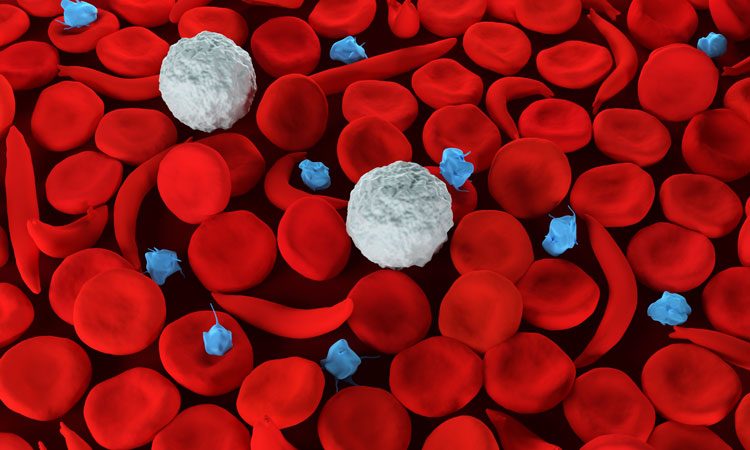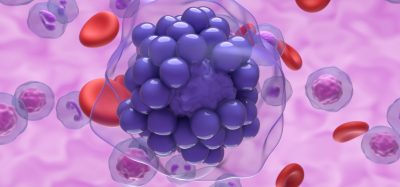Sickle cell anaemia: gene therapy insights for blood disorders
Posted: 15 August 2023 | Drug Target Review | No comments yet
Cutting-edge research conducted by experts at Michigan Medicine, the Children’s Hospital of Philadelphia, and Penn Medicine is revolutionising the approach to treating blood disorders like sickle cell anaemia through innovative gene therapy methods.


Published in Science, the current treatment for blood disorders necessitates intense chemotherapy and bone marrow transplantation. However, around 30 percent of patients lack a suitable immune system match, and even when a match exists, there’s a risk of graft-versus-host disease, where the donor’s immune system attacks the recipient.
Gene therapy tackles this issue by rectifying genetic mutations within a patient’s own cells. Nonetheless, the process still involves chemotherapy and transplantation of the corrected cells. The novel research demonstrates that blood stem cells can now be genetically modified directly within the bone marrow, all in one procedure.
Co-first author Dr Michael Triebwasser, a clinical instructor in Pediatric Hematology and Oncology, emphasised, “For the first time, we’re able to genetically engineer blood stem cells, which shape our blood and immune systems throughout our lives, while they are still located within the bone marrow.”
“This technique holds promise in rectifying disease-causing mutations, like the one responsible for sickle cell anaemia in approximately 7.5 million individuals worldwide. Additionally, it employs messenger RNA (mRNA) to regulate stem cells. This involves utilising a nanoparticle similar to the one used in the Pfizer COVID mRNA vaccine, specially tailored to target these stem cells.”
The hazards patients face during gene therapy underscore the urgent need for enhanced treatments. Moreover, removing the requirement for stem cell harvesting and external treatment could reduce costs for patients and enhance access to critical gene therapies for a wider range of patients.
The recently sanctioned gene therapy for another blood disorder, beta-thalassemia, incurs a staggering cost of $2.8 million.
“This method exhibits remarkable adaptability and reduces the harm associated with treating stem cells outside the bloodstream compared to current methodologies. Hopefully, this will pave the way for enhanced approaches to stem cell correction.”
“The ultimate objective would be to execute these same gene corrections while the stem cells remain within the body. This advancement could facilitate cures in regions with limited resources where bone marrow transplantation infrastructure is lacking and costs are prohibitive.”
Related topics
Cell Therapy, Gene Therapy, Targets
Related conditions
Sickle cell anaemia
Related organisations
Children's Hospital of Philadelphia, Michigan Medicine at the University of Michigan, Penn Medicine
Related people
Dr Michael Triebwasser








